Prepare to uncover the secrets of optimal timing, the importance of proper spacing, and the role of light and temperature in promoting robust growth. We’ll guide you through the delicate art of transplanting, ensuring your seedlings flourish as they make their journey from indoor trays to outdoor soil. As we explore the intricacies of watering, fertilization, and pest management, you’ll gain invaluable insights into the nuanced care required to cultivate onions of exceptional quality. We’ll empower you to overcome challenges, offering tips and techniques to combat common issues and protect your crop from pests and diseases.
So, join us on this captivating journey as we unlock the secrets and intricacies of growing onions from seeds. Prepare to unleash your green thumb and cultivate a bountiful harvest of this versatile and essential culinary ingredient. Let’s dive in and unlock the secrets that will elevate your onion-growing endeavors to new heights.
#1. Seed Selection
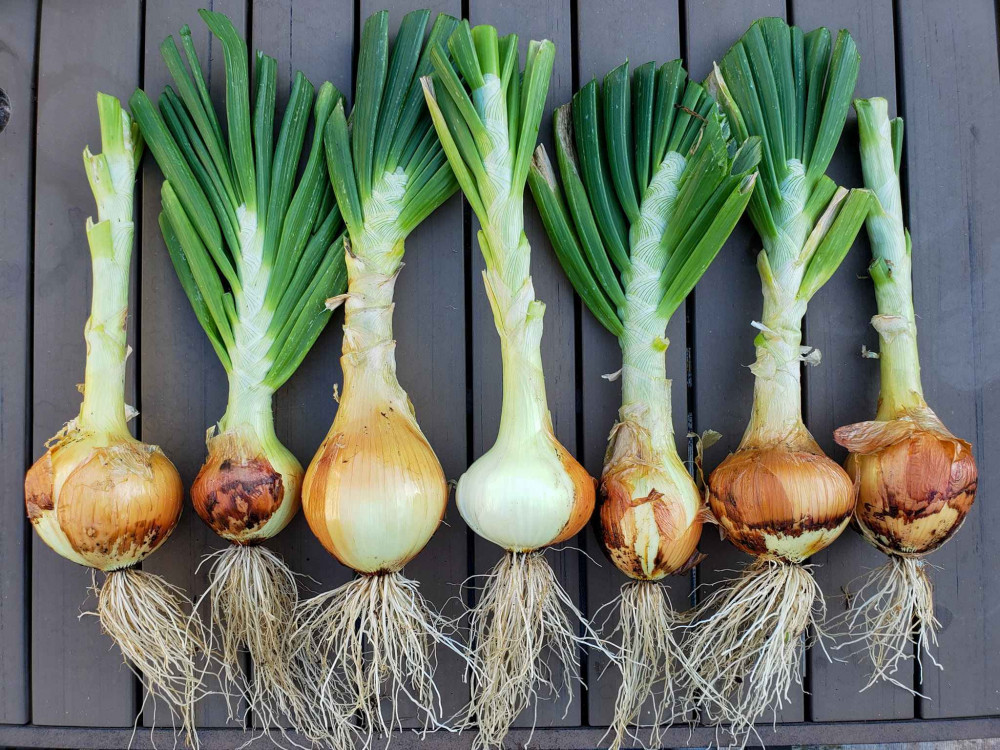
Choose onion seeds that are specific to your region and desired variety. Consider factors such as taste, storage life, and disease resistance. Some popular onion varieties include Yellow Sweet Spanish, Red Burgundy, and White Lisbon.
#2. Timing
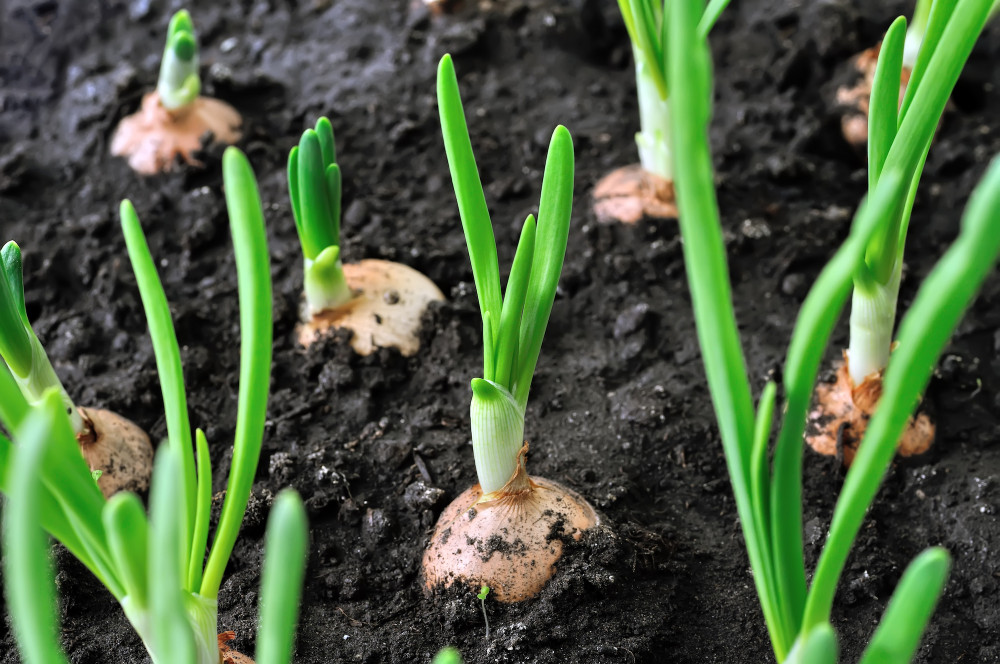
Onions are typically grown as cool-season crops. Start the seeds indoors 8-10 weeks before the last frost date in your area. This will give the seedlings enough time to develop before transplanting them outside.
#3. Soil Preparation
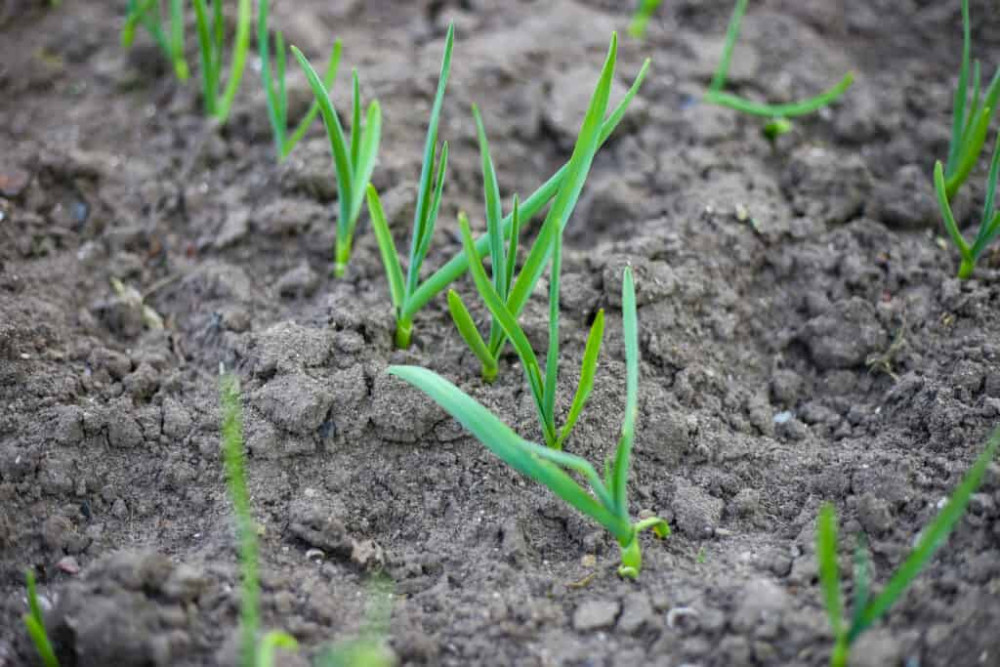
Onions prefer loose, well-draining soil with a pH between 6.0 and 7.0. Start preparing the soil a few weeks before planting by removing any weeds and incorporating organic matter such as compost or well-rotted manure. This helps improve soil fertility and drainage.
#4. Seed Starting
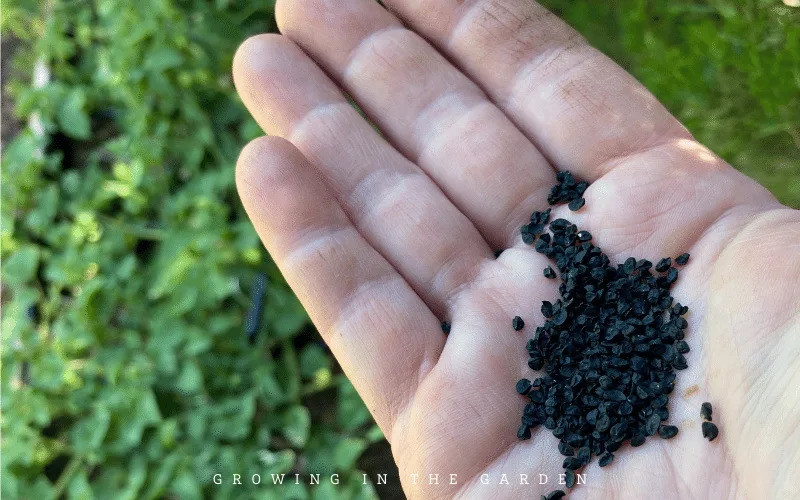
Fill seed trays or small pots with a seed starting mix. Moisten the mix, but avoid overwatering. Plant the onion seeds about ¼ inch deep and ½ inch apart. Cover the seeds lightly with soil and gently press them down to ensure good soil contact.
#5. Germination and Growth

Place the seed trays or pots in a warm location (around 70°F/21°C) with ample sunlight or under grow lights. Onion seeds typically germinate within 7-10 days. Once the seedlings emerge, provide them with adequate light (12-14 hours per day) and maintain a temperature of around 60-70°F (15-21°C).
#6. Thinning and Transplanting
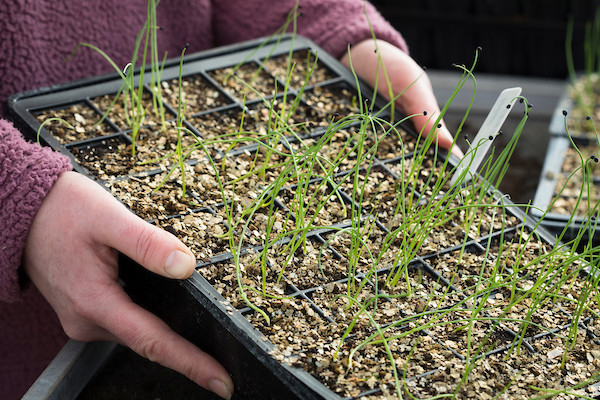
When the onion seedlings are about 3-4 inches tall, thin them by removing weaker seedlings, leaving only the strongest ones. This allows more space and resources for the remaining plants to grow. Transplant the thinned seedlings into individual containers or a prepared garden bed, spacing them 4-6 inches apart.
#7. Outdoor Transplanting
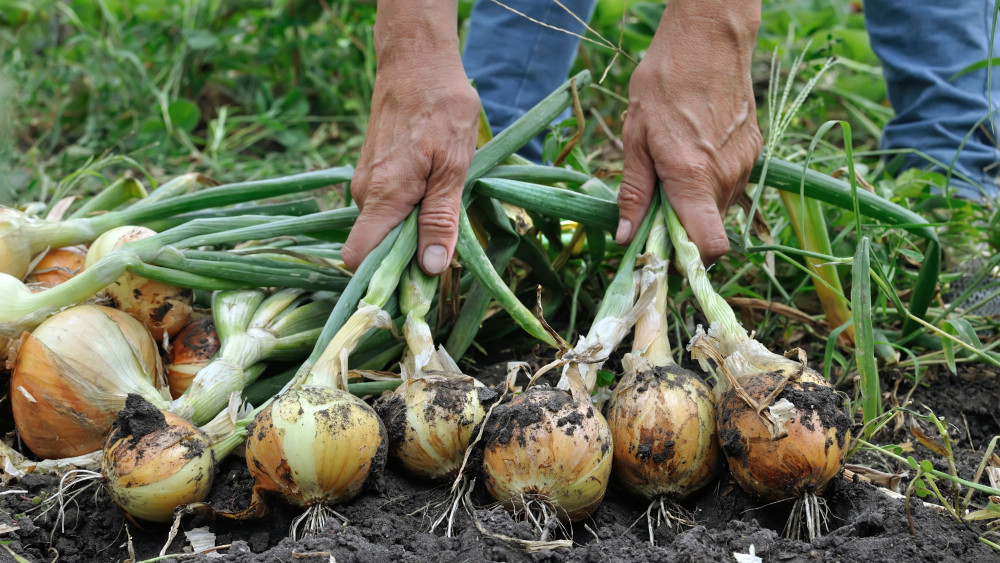
Harden off the seedlings by gradually exposing them to outdoor conditions for a week before transplanting. Choose a sunny location with well-drained soil for transplanting. Ensure the soil is loose and free of clumps to allow the onion bulbs to develop properly.
#8. Planting Depth
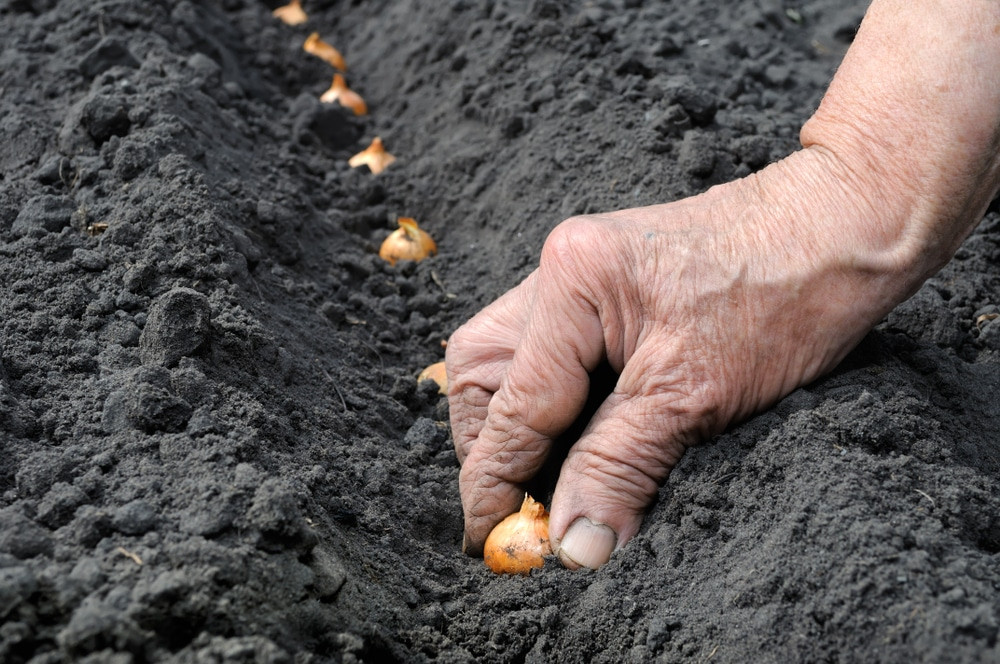
Dig small holes in the soil and carefully place the onion seedlings, making sure the roots are well-covered. Leave the top of the bulb slightly exposed. Space the transplants 4-6 inches apart in rows with 12-18 inches between rows. If planting in raised beds, maintain the same spacing between plants.
#9. Watering and Care
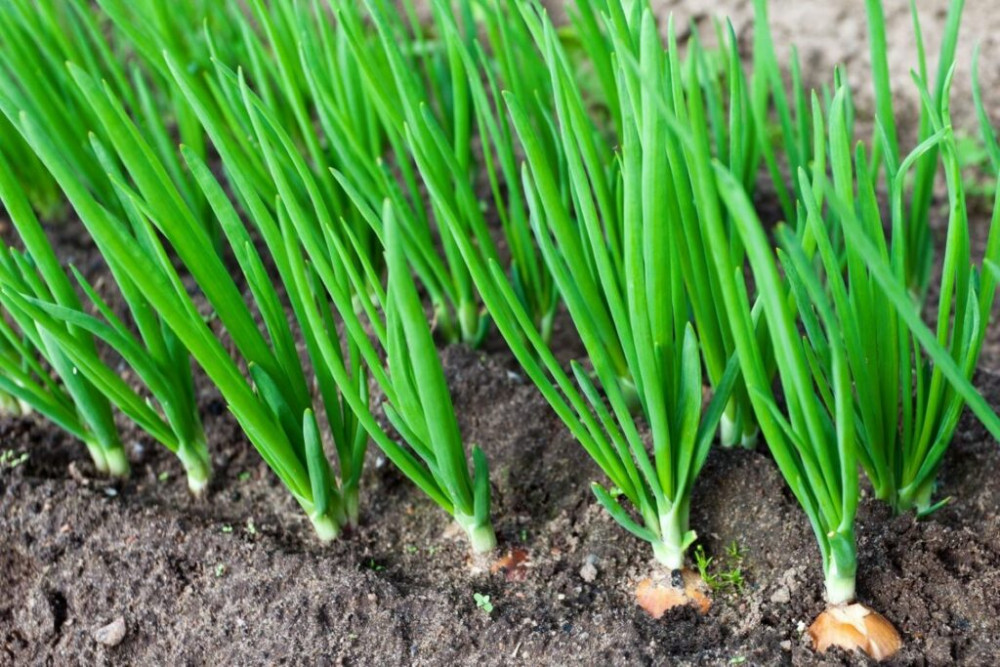
Onions require consistent moisture to grow properly. Water them regularly, providing about 1 inch of water per week, keeping the soil consistently moist but not overly saturated. Avoid overwatering, as it can lead to diseases and bulb rot. Mulching around the plants can help conserve moisture and suppress weeds.
#10. Fertilization
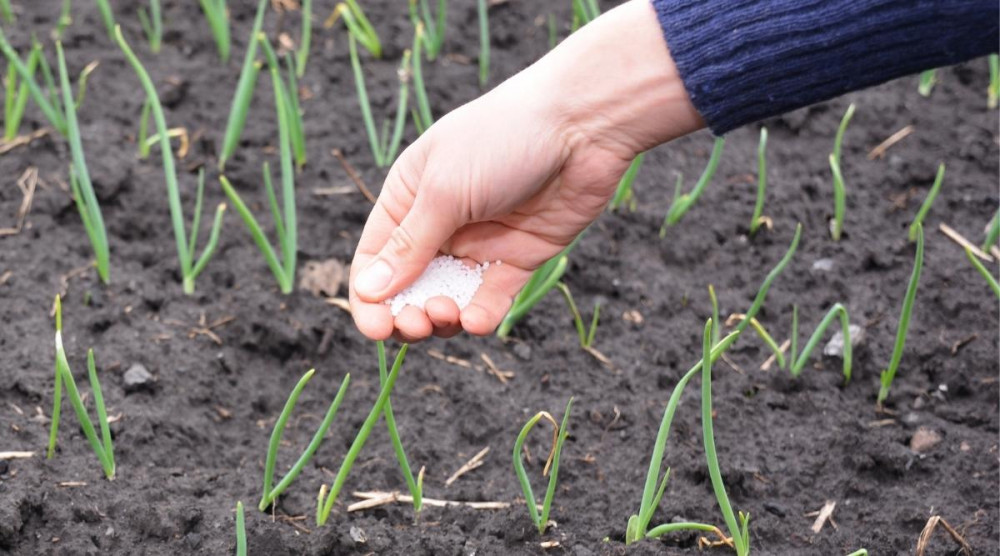
Onions are heavy feeders. Side-dress the plants with a nitrogen-rich fertilizer every few weeks to promote healthy growth. Apply the fertilizer alongside the rows, keeping it about 4-6 inches away from the plants. Alternatively, you can use organic fertilizers such as compost or well-rotted manure.
#11. Weed Control
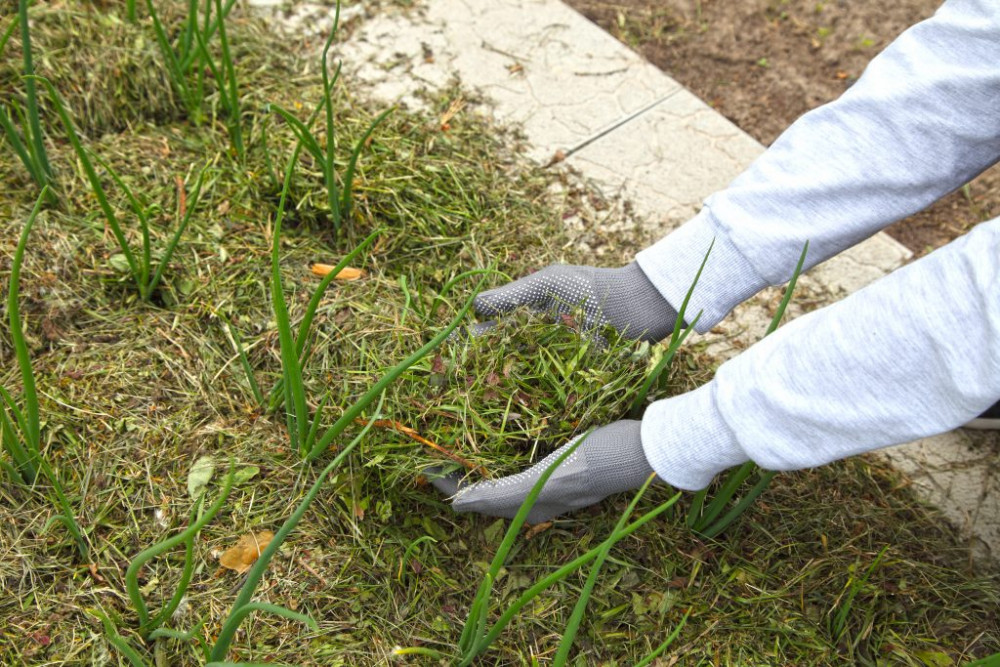
Keep the onion beds weed-free to prevent competition for nutrients and water. Regularly inspect the planting area and remove any weeds by hand or with a garden tool, taking care not to disturb the onion roots.
#12. Pest and Disease Management
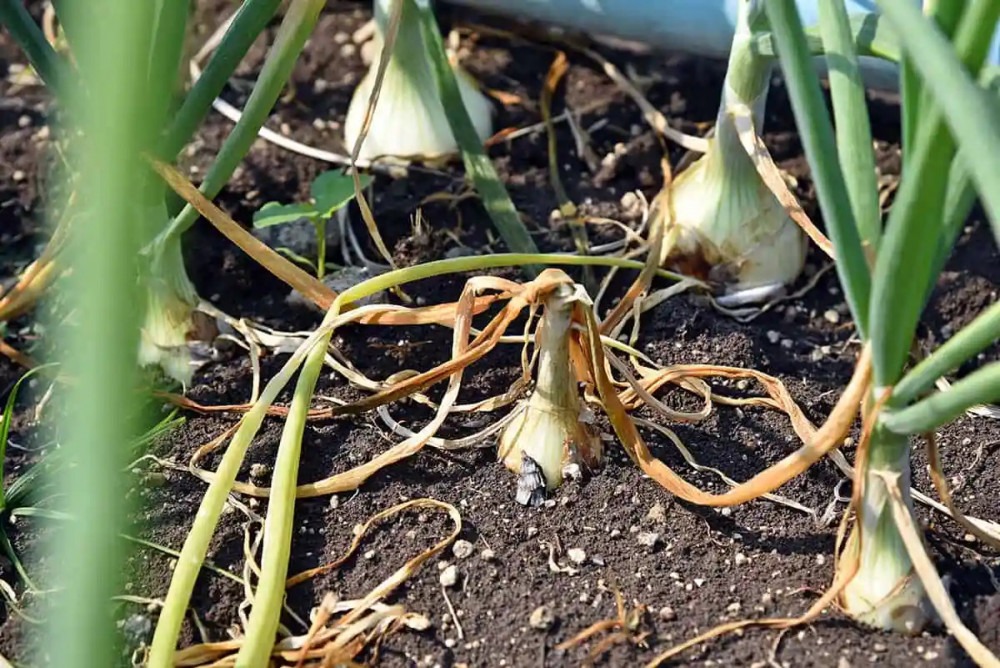
Monitor your onion plants for common pests such as onion maggots and thrips. Use appropriate organic or chemical pest control methods if necessary. Diseases like onion downy mildew and onion white rot can also affect onions. If you notice any signs of disease, promptly remove and dispose.
Growing onions from seeds requires patience and consistent care, but the reward of homegrown, flavorful onions is well worth the effort. Enjoy the satisfaction of using these homegrown onions in your favorite recipes!


